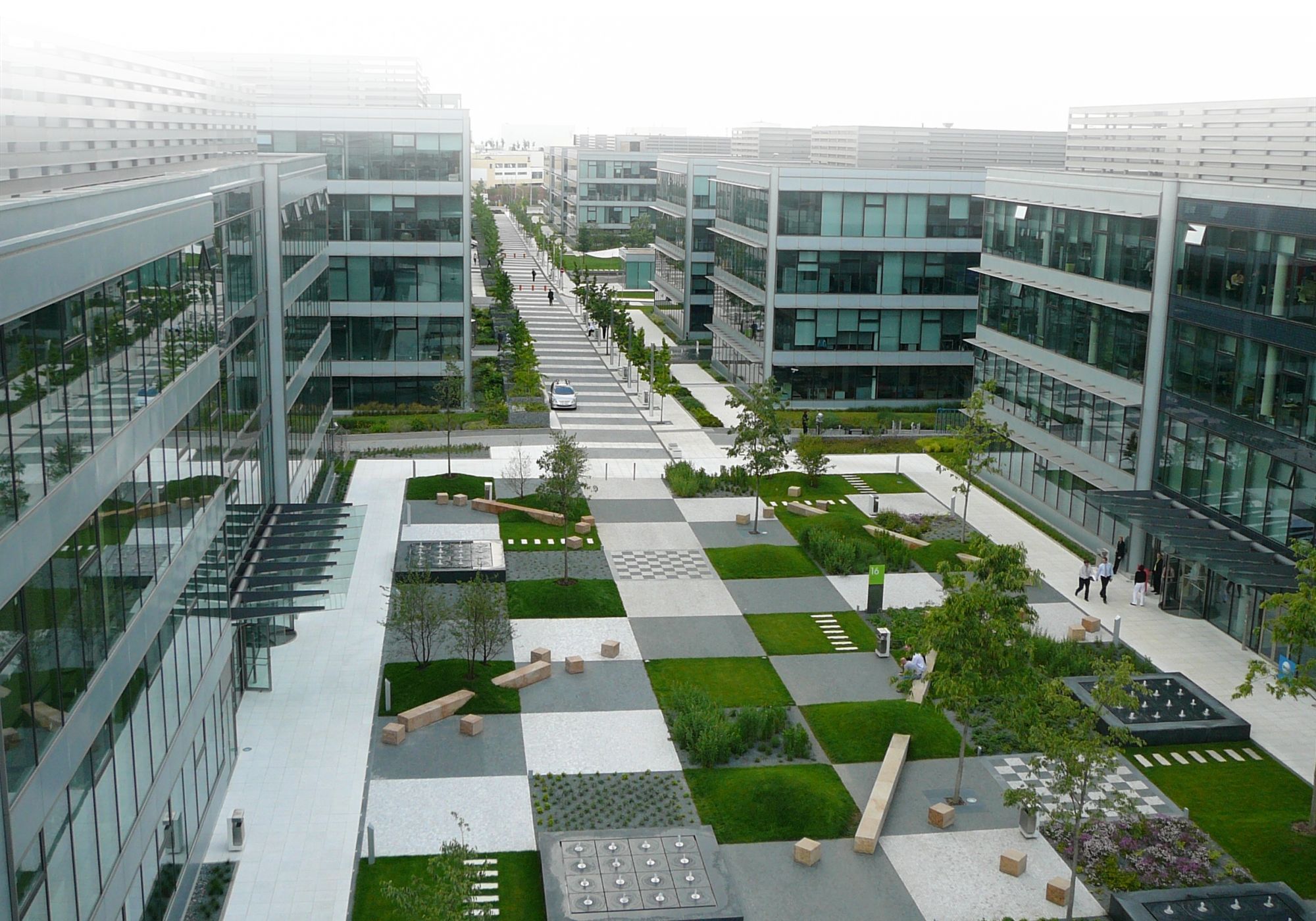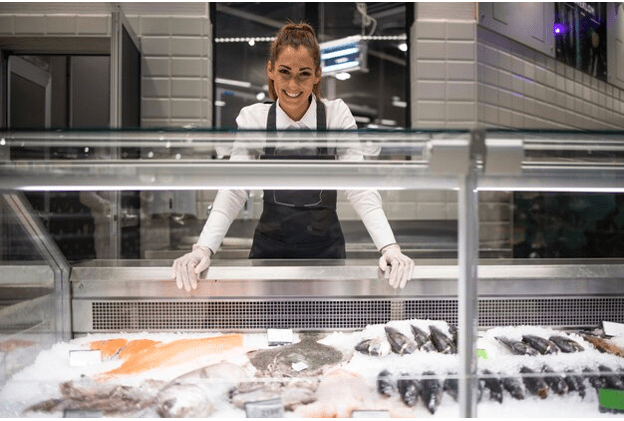
At home and abroad, school and park planners are investing in creative new uses for outdoor spaces. In many cases, these innovative ideas have been brought about by environmental initiatives. In others, they’re meant to accommodate social distancing. The public demands access to green spaces and places to exercise and gather with their communities for free. Schools need new ways to keep kids engaged, manage overcrowding, fight cold and flu outbreaks, and more.
However, no longer does a simple brick or concrete square with a fountain or a few tree pits and planters suffice. The people in charge want elegant, cleverly-designed outdoor spaces that serve students and the public in multiple ways at once. It’s not just about having outdoor space, it’s about creating spaces that genuinely excite and delight their users. Here are some of the best investments parks and schools can make in the future of their outdoor spaces.
Contents
Better Playgrounds for All
Schools and parks are investing big time in building new playgrounds and updating existing ones. Post-pandemic, more than ever, folks understand that kids really need spaces to get their energy out, in the great outdoors. Public and school playgrounds play a critical role in keeping kids active and healthy, both mentally and physically. Planners also understand that they need to be modern and engaging enough to keep kids off their phones and on the slides and swing sets.
Old standbys like jungle gyms and monkey bars still remain popular choices. However, more parks and schools are choosing exciting new kinds of playground equipment. For example, more developers are planning with inclusivity in mind, and choosing adaptive and accessible options like wheelchair-friendly surfaces. They want every member of the community or school to be able to use the playground, regardless of their needs, abilities, or differences.
Outdoor Classrooms and Green Education
Many schools and parks are using outdoor spaces not just for play, but as serious learning opportunities. They’re creating outdoor classrooms — some made of functional, natural materials, like wooden seats and desks. In some cases, the playgrounds are used to teach ordinary classes, adding much-needed extra space to school facilities, and giving kids fresh air. In others, the playgrounds are used as an opportunity to teach kids about nature and other subjects.
The Boston Public School system has at least 35 outdoor classrooms that include weather stations, vegetable gardens, and play spaces. The Boston Schoolyard Initiative trains teachers to use the natural environment to teach kids about science concepts, like insects and plants. There’s also a professional development program for Boston teachers that trains them to teach writing and literacy workshops outdoors, which seems to boost their motivation and their vocabularies.
Cooling Islands to Fight Climate Change
In Paris, a program called OASIS — which stands for Openness, Adaptation, Sensitisation, Innovation, and Social Ties — is turning outdoor school spaces into green oases. The “oases” can be used by students in the schools, as well as local community members who are granted access. The oases contain fountains, green spaces, drought-resistant plants, and shaded areas for play. They also include gardens which can be used for outdoor and agricultural education.
The program’s mission is to make children and adults who use the spaces less vulnerable to summer heat waves. Children, the elderly, people in poor health, and mothers with babies, are encouraged to use the spaces to cool off as needed. The addition of more green spaces to the city is also meant to help mitigate the impact of climate change in Paris. Because of its density and abundance of cement and asphalt, the city is significantly hotter than surrounding rural areas.
Active Spaces and Recreation
Elsewhere in the world, school and park planners are adding more pools, skate parks, and other active features for all ages. Low-impact outdoor exercise equipment, in particular, is a huge hit with local parks all over the world, from New York to Uruguay. This can include air-pressure powered elliptical machines, stair climbers, and strength-training machines, and more. It’s increasingly common to see older adults taking their morning workouts to the park.
Some park designers are also creating “parkour parks” designed for running, jumping, balancing, and all kinds of acrobatics. While parkour can technically be done anywhere, these designated spaces make it safer, easier, and less legally ambiguous. Climbing and bouldering walls are another popular hit for more adventurous children and adults alike. These structures combine well with other active features like ropes courses, for practicing balance and strength.
Interactive Art and Design
One last way that schools and parks are investing in outdoor spaces is finding more ways to engage with the arts. The most obvious examples are the many schools and parks that have commissioned artists to paint murals on bare walls. Even more interesting, some developers are hiring designers to create interactive structures and installations. These run the gamut from outdoor instruments to full-on climbable art exhibits in the form of massive playgrounds.
Back in Boston, one outdoor playgrounds has interactive instruments, like xylophones, that anyone can play as they pass through. In Europe, you’ll find giant recreations of plants and animals that children can swing, climb, and spin on. In Zagreb, Croatia, one playground looks like a collection of giant colorful bubbles. In China, you can find everything from hyper-minimalist swings to an enormous octopus whose tentacles are made of slides.
Third Spaces for Better Places
The message is clear: developers and communities are investing in much needed third spaces — places where the whole community can gather. Despite the over-reliance on our phones and other digital devices, humans still just want to connect out in the real world. When they do it, they also want to breathe some fresh air, work in some movement, and “touch grass,” so to speak. Smart planners will continue to invest in these deeply important public resources.







